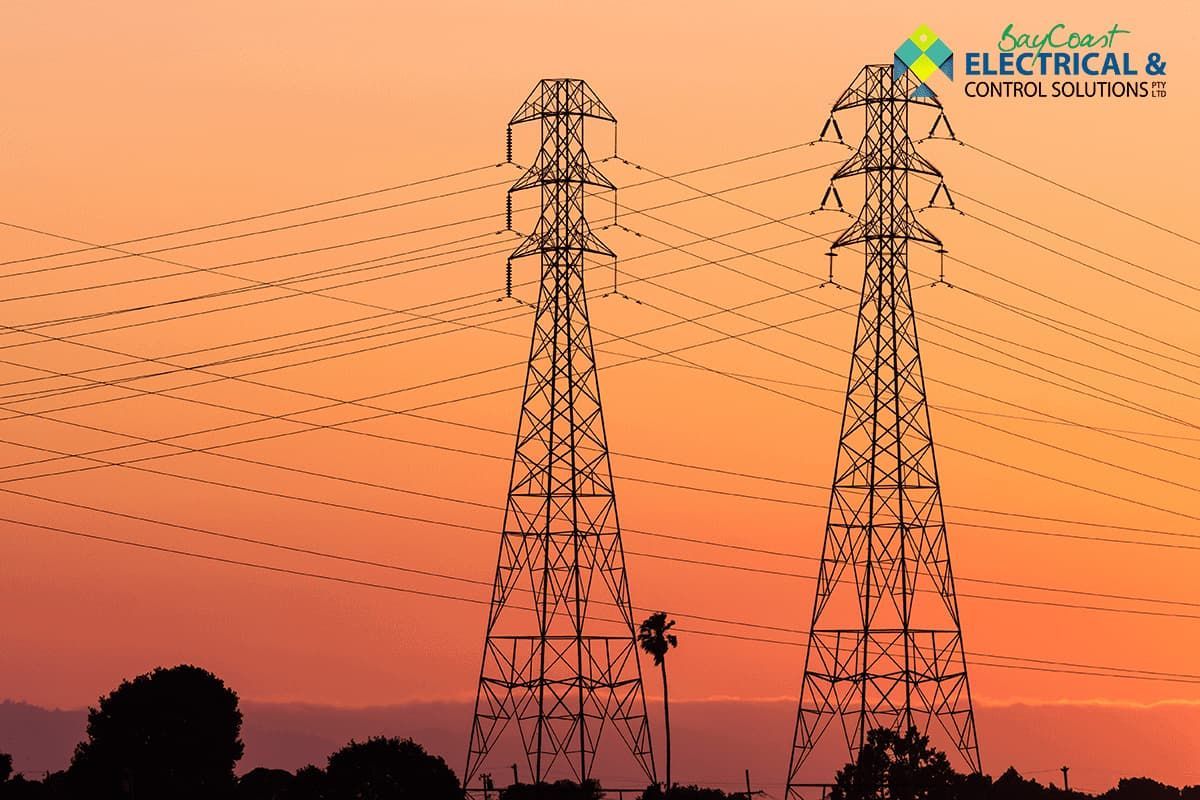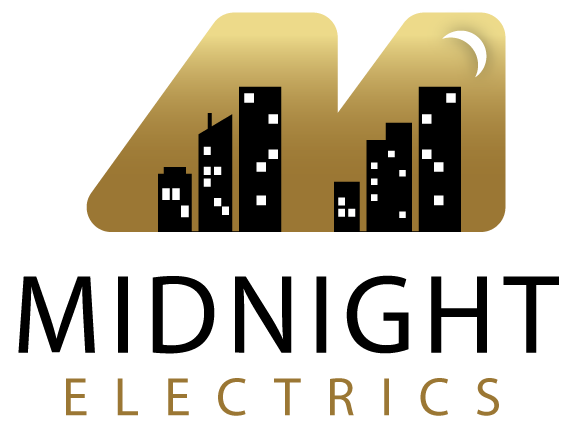The Electricity Grids in Australia: How they work and why they’re important
The electricity grids in Australia are the infrastructure that moves electricity from power plants to consumers. They’re an important part of the way we live, and are changing more rapidly than ever before. Here’s how the electricity grids in Australia work, how they’re evolving, and why they matter.
How the Electricity Grid Works
Most power plants create electricity by burning coal, oil, natural gas or other fuels. To produce sufficient power, many of these plants are situated close to the point where it is needed for use. Many developed countries such as Australia have vast transmission networks. They transport the electric energy generated over long distances without significant losses due to resistance and other factors.
There are also local grid distribution networks which deliver the electric power to people’s homes. At this stage, the voltage is stepped down from high-voltage transmission levels to what we need at home – around 240 volts. The system operates through Alternating Current (AC) because of its ease of transport over large distances.
The principle behind alternating current means that an electric current alternates direction back and forth very quickly. This is at least 50 times per second in most cases. With voltage always changing between positive and negative values at any given time.
Why do we need an Electrical Grid?
Every time you turn on a light switch, you depend on the electrical grid. Getting this system right is crucial to a lot of people. The grid’s parts (power plants, substations, transmission lines) work together to keep electricity flowing at safe voltages and high frequencies to nearly every part of the country. They also ensure it’s delivered safely—with reasonable price–regardless of season or geography.
The Australian power grid should be congratulated. It has managed to produce enough energy for all customers, even when demand exceeds supply due to extreme weather conditions. One way they have achieved this is by creating more renewable energy sources such as wind farms and solar arrays. These are cheaper than traditional fossil fuel sources because they don’t require expensive mining processes like coal extraction and oil drilling.
What does it take to build an electrical grid?
In order to understand how the Australian electrical grid works, it’s first necessary to understand the history of how the original electric grid established. There are three levels of energy distribution that exist in Australia – primary, secondary and tertiary.
- Primary energy is basically anything created from scratch, such as solar power or geothermal energy.
- Secondary energy takes place at the transformation stage when coal is turned into gaseous or liquid fuels for producing electricity.
- Tertiary energy includes the use of electrical appliances which consume the final product (electricity) delivered by primary and secondary producers.
The purpose of an electrical grid is to distribute high-voltage electricity over a large geographical area for consumption by multiple users. It’s not just about powering homes with this type of system, but commercial buildings and organisations as well.
Where does energy come from?
When it comes to providing energy, there are four main sources. The first is fossil fuels, which produce energy when coal, natural gas or oil is burned. The cost of fossil fuels has gone down over the past 10 years. This source has a great impact on the environment because it emits greenhouse gases into the atmosphere. Nuclear power plants generate their own heat through nuclear reactions. This is then converted into steam that spins turbines to generate electricity.
Geothermal power plants use geothermal heat from deep within the Earth’s crust and surface water (i.e. lakes) as their main source of heat for generating electricity with steam turbines. Tidal power plants can use either regular tidal waves or tide-generating barrages to generate electricity with turbines. Wind farms typically rely on windmills connected to blades attached to an electric generator. While solar panels convert sunlight into electricity by using photovoltaic cells.
A plant powered by any of these forms of renewable energy doesn’t have the environmental drawbacks associated with burning fossil fuels, like pollution and carbon dioxide emissions. In addition, wind and solar power plants have relatively low costs compared to other forms of generation. They’re good options for countries looking to make long-term investments in sustainable energy sources.
The technical workings of an electrical grid in Australia
Electricity grids are a type of electrical network where the voltage is continually adjusted. Electricity travels through transmission lines at high voltages. It is then stepped down at substations before being distributed over the low-voltage distribution lines to individual homes, offices, factories, etc. A grid separates sources of power into different regions and operates as a parallel system where loads can be shifted from one area to another in response to demand.
If a region has an excessive supply, it will send its energy surplus out on the grid for use by other areas that need more energy. The grids also help with reliability because if there’s any fault or break in an area, it won’t cause any damage to the whole system like it would have done in years gone by when each home had its own power generator. For example, after heavy storms in Queensland, Tasmania suffered blackouts while Western Australia was unaffected. Another example would be if one coal plant failed, the others could make up for it without affecting other parts of the country.
Is there anything wrong with our current electric system?
In fact, the electric system is very well put together. We use advanced metering to monitor usage, which has allowed us to lower our costs by reducing waste. Additionally, we have a back-up power supply so that when one system fails there’s another that can pick up the slack. It’s hard to imagine how society functioned before electric power became so cheap and easy to access.
We are fortunate enough to have more than one option for our power providers because of private enterprise and competition between companies.

































